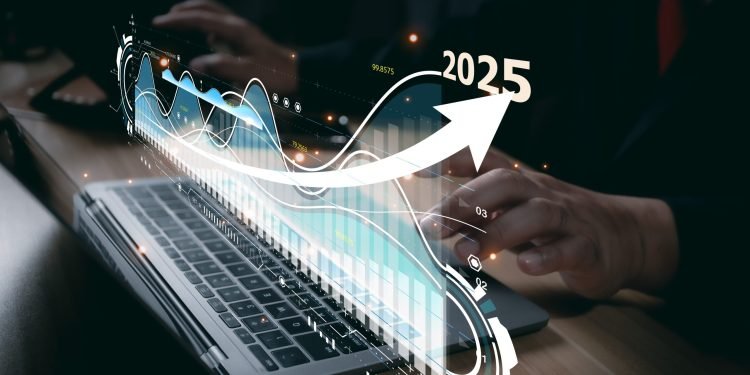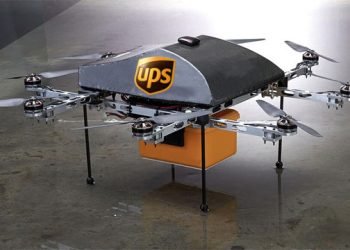By Eva Richardson – The Logistic News
As global retail enters a new phase of fragmentation, consolidation, and climate pressure, logistics has emerged not just as a support function—but as the defining battleground for brand competitiveness and survival in e-commerce.
From fulfillment speed to reverse logistics, companies that once focused on front-end user experience are now realizing: your promise is only as good as your delivery network.
Fast Is No Longer Enough
Same-day shipping is no longer a differentiator. It’s expected. But what’s changed in 2025 is that speed must now coexist with flexibility, transparency, and sustainability.
“It’s not about getting there fast—it’s about getting there smart,” says Helena Zhou, Chief Supply Chain Officer for a multinational lifestyle brand. “And that means knowing what to ship, when, from where, with the lowest cost and footprint.”
Her company recently rolled out multi-node fulfillment across six markets, using regional inventory forecasting powered by AI to reduce carbon-heavy cross-border flows by 37%.
Warehousing Is Getting Personal
Another quiet revolution: the rise of micro-fulfillment centers (MFCs) and urban consolidation hubs. These small-scale facilities, often located inside cities, enable faster last-mile service while reducing long-haul pressure and emissions.
Retailers are pairing this model with predictive restocking and dynamic inventory redistribution—turning warehouses into living, thinking ecosystems that adapt in real time to consumer demand and local market behavior.
“We used to move boxes. Now we move decisions,” says Marco Linn, director at a Berlin-based 3PL.
Reverse Logistics Becomes a Brand Issue
Returns are no longer just a back-office cost—they’re a front-line brand experience. In 2025, over 60% of consumers say they factor return ease into purchase decisions.
To respond, retailers are investing in dedicated reverse logistics flows, partnering with local couriers and circular commerce providers to shorten return loops, refurbish products locally, and turn refunds into renewals.
What used to be a loss is now a loyalty opportunity—if handled right.
Freight Forwarders Rethink Their Role
Forwarders, too, are adapting. No longer simply carriers of goods, they’re becoming data integrators, ESG consultants, and even customer service partners. Some now offer carbon reporting dashboards per shipment, while others provide B2C delivery visibility as part of B2B contracts.
“The line between retail and logistics is blurring,” notes Zhou. “And that’s exactly where innovation lives right now.”
Final Word: The E-Commerce Edge Is Logistical
In this new phase of digital commerce, the differentiators won’t be your website design or influencer reach. They’ll be your warehouse strategy, your fulfillment agility, and your ability to make every delivery part of a seamless, responsible brand experience.
Because in 2025, logistics doesn’t just support retail—it defines it.























